The Atlantic Ocean is widening. Here’s why.
The Atlantic is expanding by a couple of inches a year.
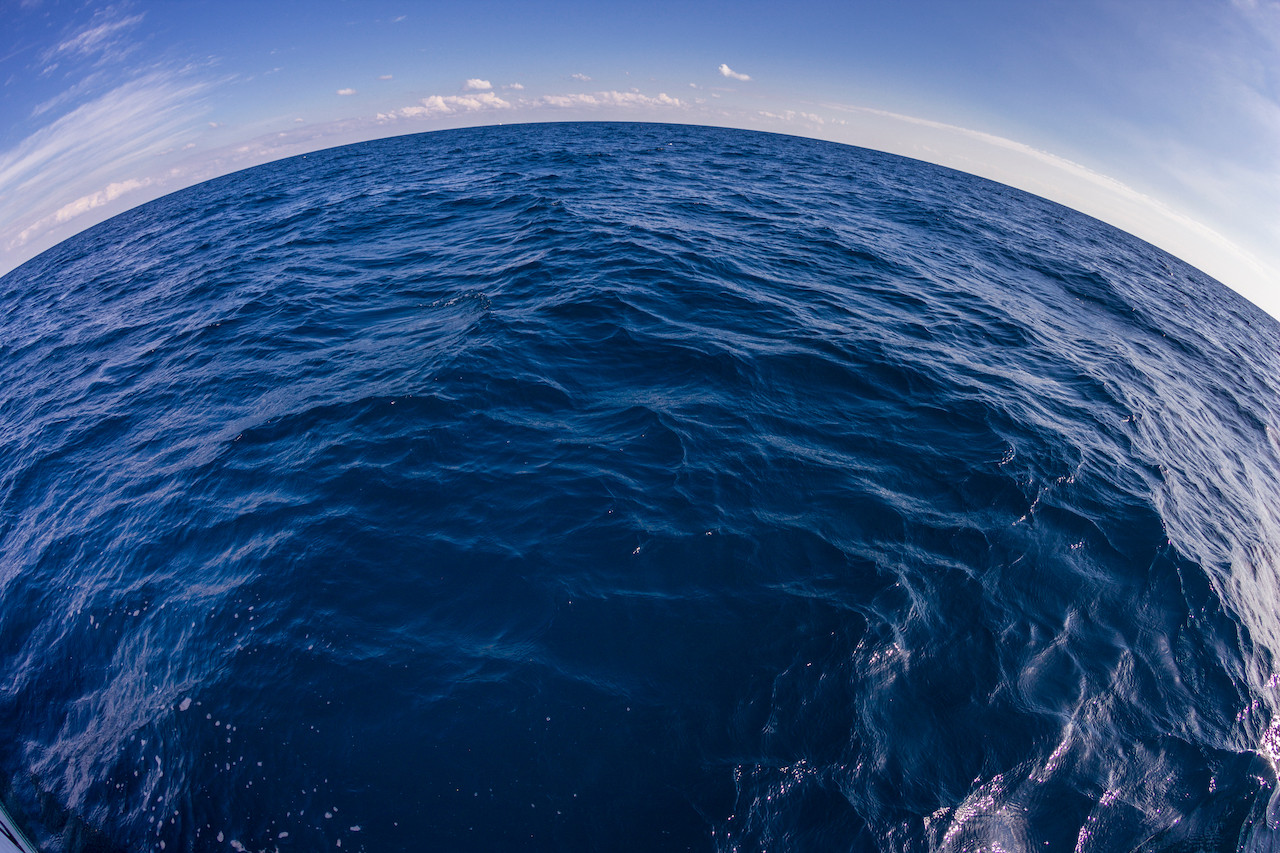
The Atlantic Ocean is getting wider, shoving the Americas to one side and Europe and Africa to the other. But it’s not known exactly how.
A new study suggests that deep beneath the Earth’s crust, in a layer called the mantle, sizzling-hot rocks are rising up and pushing on tectonic plates — those rocky jigsaw pieces that form Earth's crust — that meet beneath the Atlantic.
Previously, scientists thought that the continents were mostly being pulled apart as the plates beneath the ocean moved in opposite directions and crashed into other plates, folding under the force of gravity. But the new study suggests that’s not the whole picture.
The research began in 2016, when a group of researchers set sail on a research vessel to the widest part of the Atlantic Ocean between South America and Africa; in other words, to "the middle of nowhere," said lead author Matthew Agius, who was a postdoctoral researcher with the University of Southampton in the U.K. at the time, but is now at the Roma Tre University in Italy.
Related: Under the sea: 50 breathtaking images from our oceans
The spot is not a particularly popular route for travel, Agius said, noting that sometimes days would go by without seeing a single other ship or a plane. Interaction is limited to the occasional whales and dolphins that swim by and a fleeting signal from the ship's Wi-Fi. Lightless nights blanket the vast sea in an unobscured view of the galaxy and stars — and it's very, very quiet, Agius said.
But this vast, empty stretch of ocean rests upon an incredibly important geological spot: the mid-Atlantic ridge, the planet's largest tectonic boundary that extends 10,000 miles (16,093 kilometers) from the Arctic Ocean to to the southern tip of Africa. This is the spot where the South American and the North American Plates move apart from the Eurasian and African plates, at a speed of about 1.6 inches (4 centimeters) a year, extending the Atlantic Ocean.
Get the world’s most fascinating discoveries delivered straight to your inbox.
Incredible Earth: $22.99 at Magazines Direct
The planet we live on is a remarkable place. But have you ever wondered how or why these things occur? How the Earth was made? How we predict the weather? How fossils form? What causes earthquakes or which animals glow in the dark? "Incredible Earth" reveals answers to these questions and more on a thrilling journey through everything you need to know about our world — and with gorgeous photography and insightful diagrams along the way!
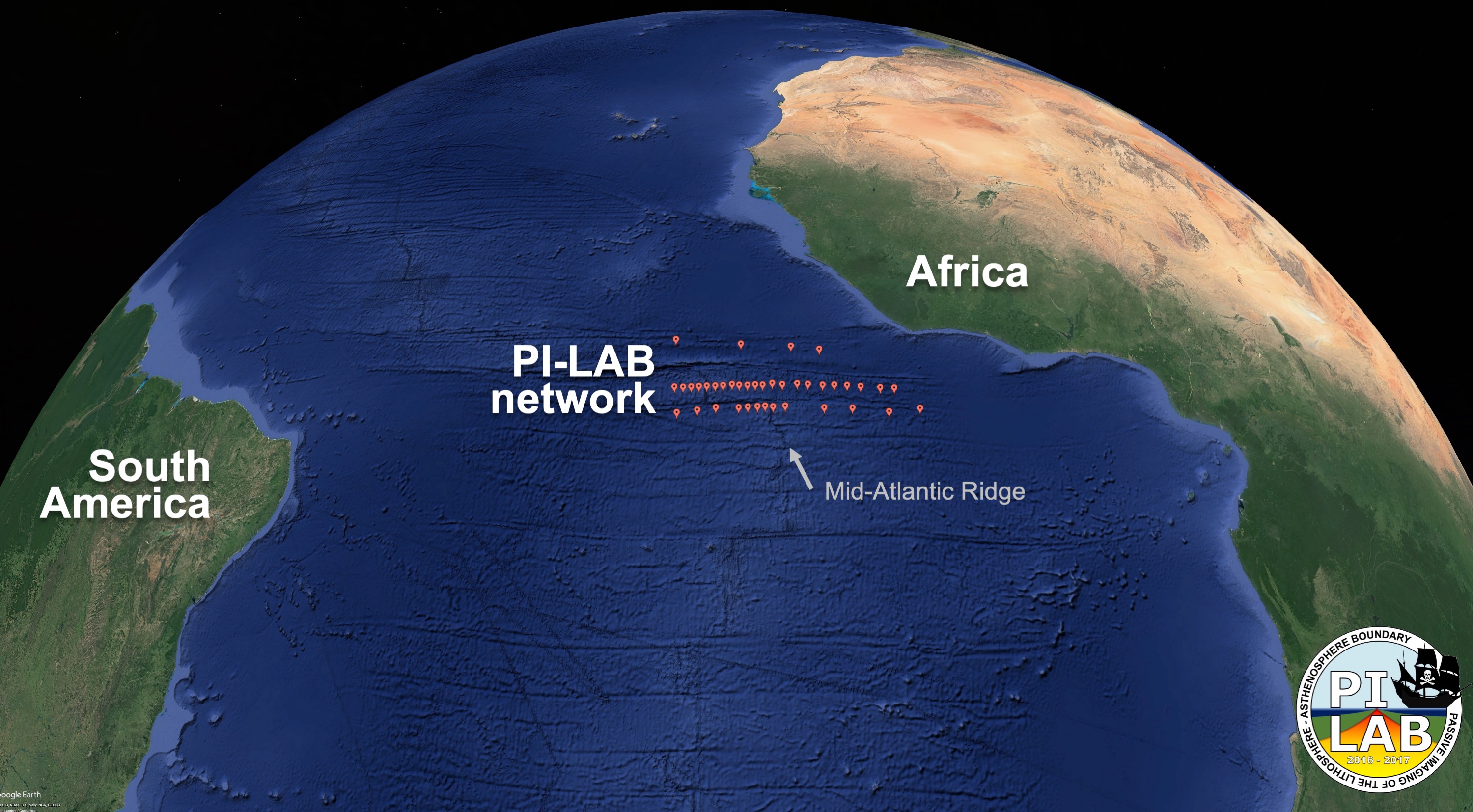
Listening to rumbles
Agius and his team spent five weeks sailing across a small portion of the ridge — about 621 miles (1,000 km) — dropping seismometers (instruments that detect seismic waves or vibrations such as those from earthquakes) onto the seafloor.
A year later, the researchers collected the seismometers.
Until now, "we never had good images of what's happening beneath the ocean," Agius said. Since seismic waves behave differently depending on the material they move through, the researchers could use the data to create images, allowing them to peer into various layers of the Earth. In that year of listening, the seismometers picked up vibrations from earthquakes that propagated from various parts of the world and through Earth's deep mantle — a layer of mostly solid, hot rock about 1,800 miles (2,900 km) thick.
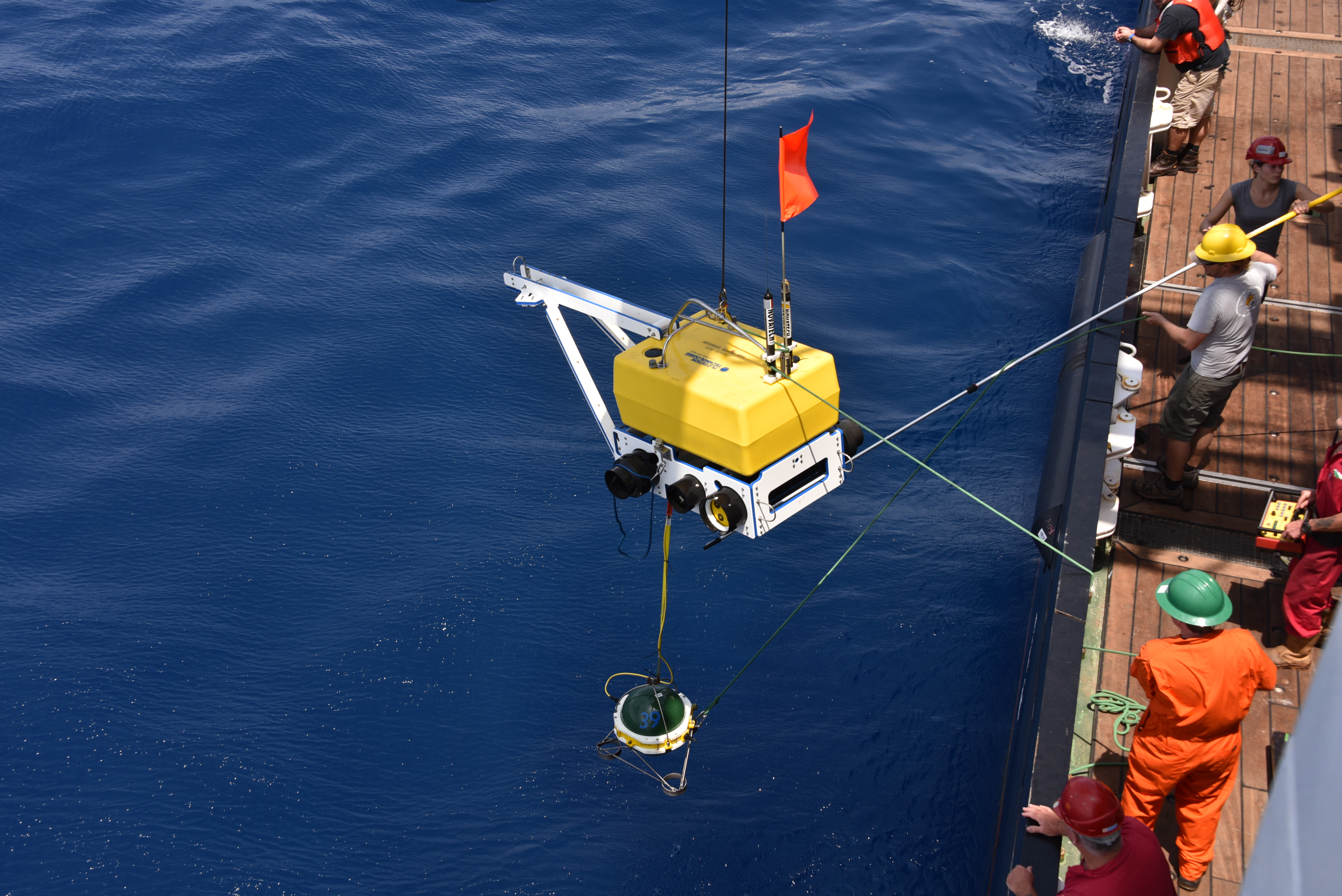
While the team's original goal was to learn about how the plates were born and how they aged, and they really intended to study shallower depths of the Earth, the researchers found evidence of a deeper phenomenon at play.
They found that in that area within the ridge, the mantle transition zone — a higher-density region that serves as a gatekeeper between the upper and lower layers of the mantle — was thinner than average which likely means it was hotter than normal. The hotter temperatures of the transition zone likely facilitated an "upwelling" of hot rock from Earth's lower mantle to its upper mantle that actively pushed the plates apart, Agius said.
Researchers previously thought that plates mainly diverged from each other due to a "pulling" at subduction zones, places where plates collide and one sinks beneath the other, recycling material into the mantle, Agius said. So if you have one plate being pulled on one side (and crashing with another plate at a subduction zone), and another plate being pulled to the other side (again crashing with another plate at a subduction zone), it would create ridges in the middle, where the hot material from below rises to fill the resulting gap.
"That is still happening, but it was thought that the ridges are an effect of that process," he said. But their findings suggest that as subduction zones pull the plates apart, upwellings beneath the ridges might be actively helping to push them apart. However, it's unclear if this process is just related to the mid-Atlantic ridge or if all the ridges around the world experience the same thing, Agius said. "The pulling is still there, just we would like to determine now if all the ridges are experiencing pushing as well."
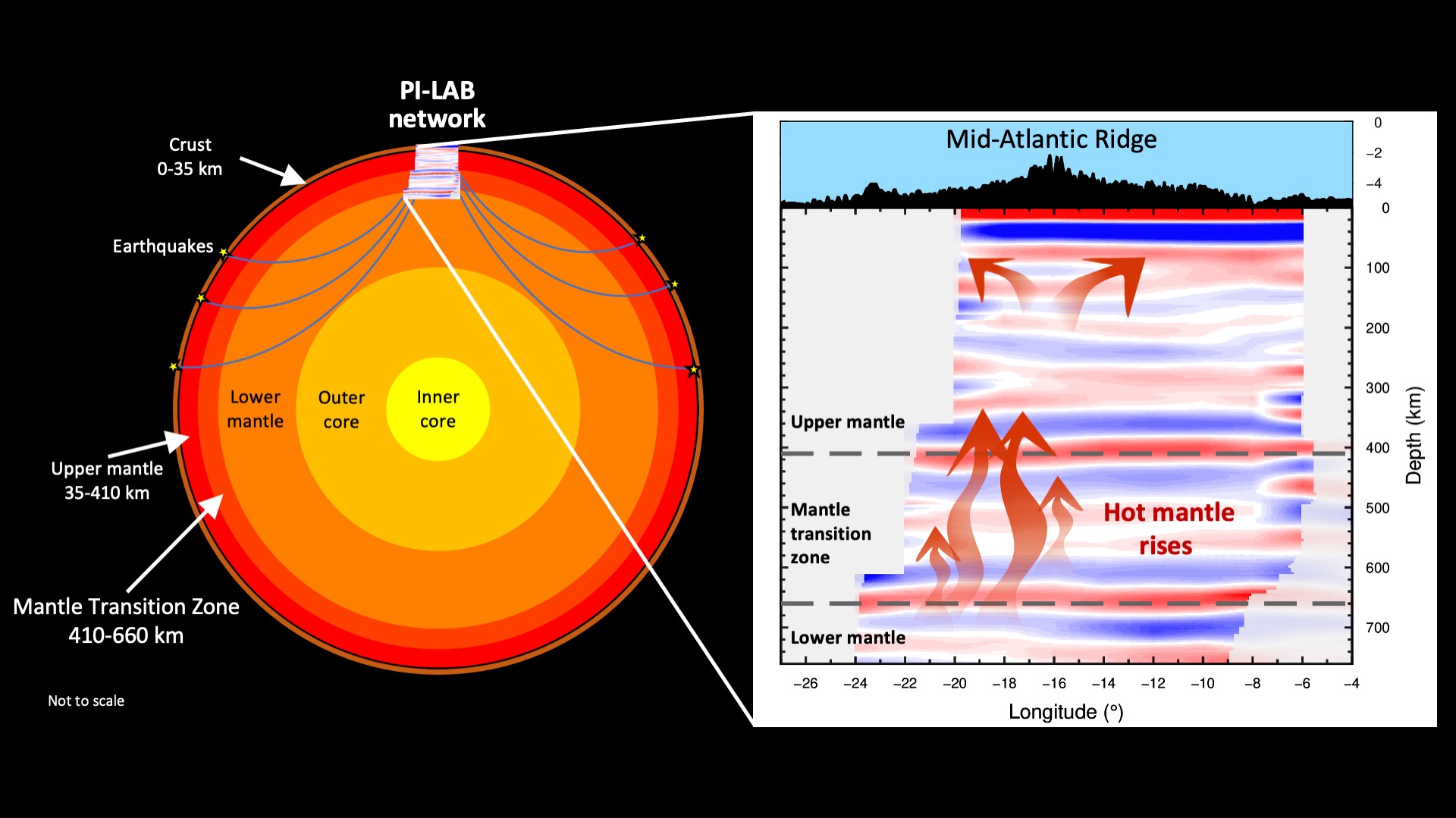
Pushing and pulling
"The findings "add a piece of the puzzle towards understanding flow in Earth's mantle," said Jeroen Ritsema, a professor in the department of Earth and Environmental Sciences at the University of Michigan, who was not a part of the study.
And though their analysis is "excellent," the study is limited in scope, he said. They looked at only a small portion of the Atlantic seafloor, so it's not clear if their findings would hold true along the entire mid-Atlantic ridge or even in other mid-ocean ridges. "It is difficult to infer global-scale rock flow in Earth's mantle from only a single viewpoint," Ritsema told Live Sceince. "It is like peeking through a keyhole and trying to find out what furniture is in the living room, kitchen and the bedrooms upstairs."
What's more, there could be some other explanations for the warmer-than-normal transition zone.
It's a very "remarkable data set that they collected at great pains," said Barbara Romanowicz, a professor of the University of California, Berkeley's Earth and Planetary Science Graduate School and professor emeritus of the College de France in Paris, who was also not a part of the study. "I have no doubt about their analysis. ...I have reservations about their interpretation," Romanowicz told LiveScience. There are well-known plumes nearby that could have been offset and caused that area to heat up, she said.
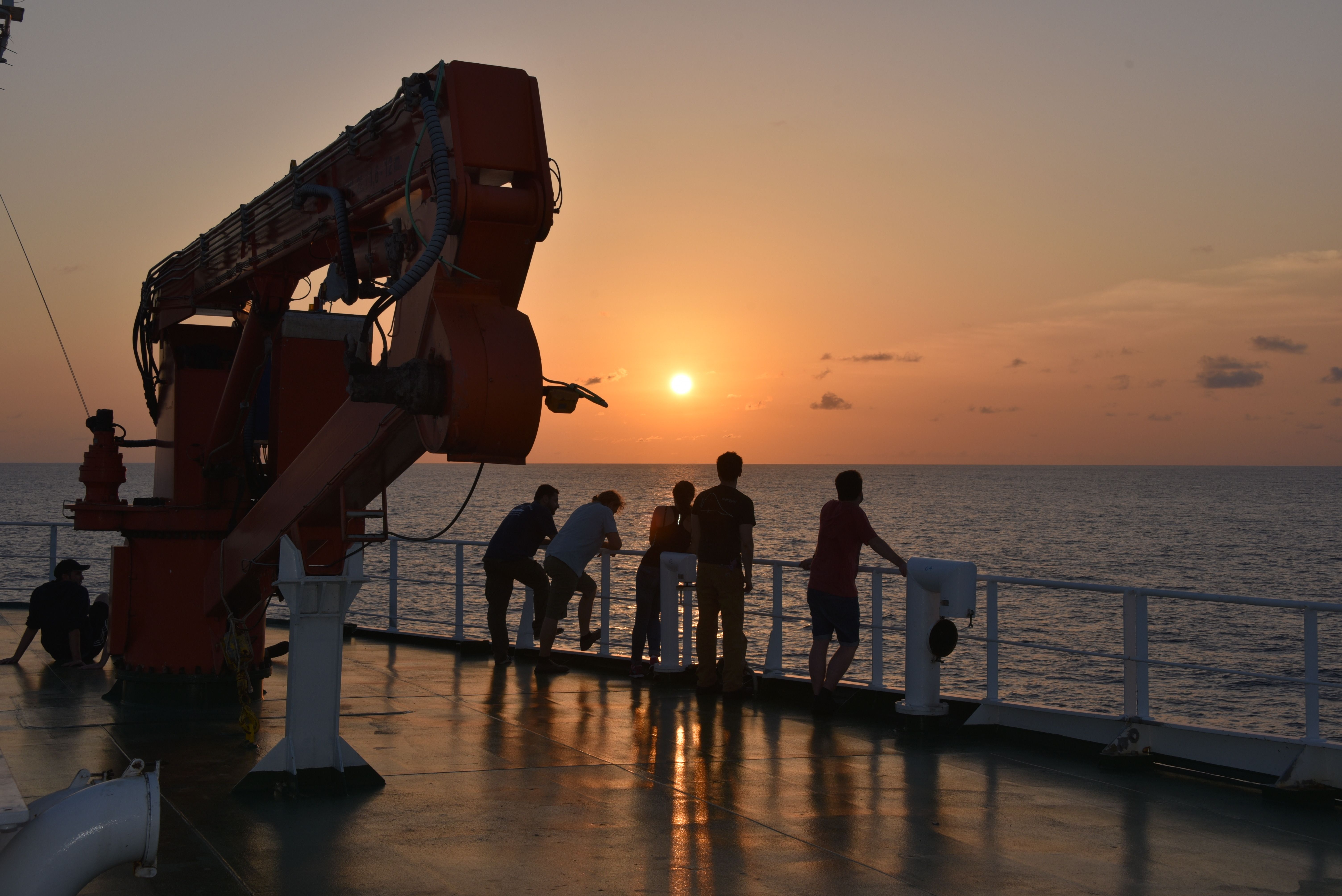
Vedran Lekic, an associate professor at the University of Maryland's Department of Geology who was also not involved with the study, agrees that their explanation is plausible "but not the only possible one to explain the findings." But if the findings are replicated elsewhere, it "might bring into question our prevailing view of ridges," he added.
These and other similar findings could also alter our maps. Some 300 million years ago, all seven continents were smooshed together into a single supercontinent known as Pangaea. Over millions of years, plates split the continents, creating ocean boundaries and the modern map. But the spreading of the Atlantic Ocean and the shrinking of the Pacific Ocean is slowly, inconspicuously aging those maps and making them increasingly inaccurate. "The maps will alter a little bit [for now] and over millions and millions of years will alter significantly," Agius said.
The findings were published in the journal Nature on Jan. 27.
Originally published on Live Science.

Yasemin is a staff writer at Live Science, covering health, neuroscience and biology. Her work has appeared in Scientific American, Science and the San Jose Mercury News. She has a bachelor's degree in biomedical engineering from the University of Connecticut and a graduate certificate in science communication from the University of California, Santa Cruz.

